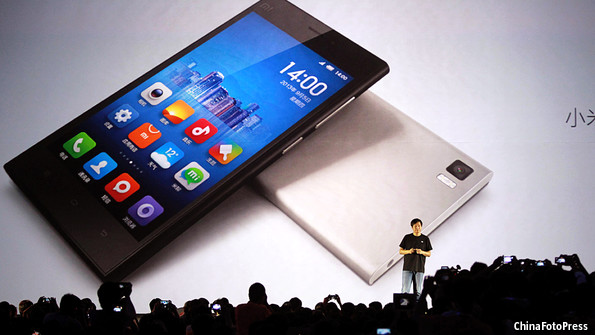With the number of health conscious consumers rising, Mcdonald’s has been under pressure to incorporate healthier meal options in its menus. This change is planned to occur in 20% of the firm’s largest markets.
Utilizing Lewin’s Force Field Analysis, it seems that there are many driving and restraining forces towards this change. A major driving force is that McDonald’s is currently facing rising competition from its major competitors such as Subway and Burger King, who both have taken the initiative to incorporate healthier options in their menus. Sales for McDonald’s have fell flat for the past year, one reason for this may be because more people are starting to lean towards a healthier diet, according to The International Food Information Council’s 2013 Food & Health Survey. With the introduction of healthier meal options, McDonald’s could potentially build its customer base and avoid their more health conscious consumers switching to substitutes. McDonald’s could also avoid potential conflict from its external stakeholders such as the FDA who regulate the safety and healthfulness of the food that McDonald caters.
The biggest restraining force of this change is the cost, which is estimated at $35 million. However, it seems that McDonald’s will go forward with this change as the driving forces seem to outweigh the restraining forces. This is because this change could possibly allow McDonald’s to expand its customer base and also allow them to avoid possible stakeholder. This would enable McDonald’s to remain profitable in the long term and thus cover the costs associated with this change.

Image: A new ad for Mcdonald’s, with a side salad
Works Cited
“Consumer Confusion Reigns: Fat’s Role in Healthy Eating Habits | Annette Maggi.” Breaking News and Opinion on The Huffington Post. N.p., n.d. Web. 6 Oct. 2013. <http://www.huffingtonpost.com/annette-maggi/consumer-confusionreigns_b_3823201.html>.

 Image: Xiao Mi’s boss Lei Jun holding a press conference on Xiao Mi’s new release, the Mi3
Image: Xiao Mi’s boss Lei Jun holding a press conference on Xiao Mi’s new release, the Mi3